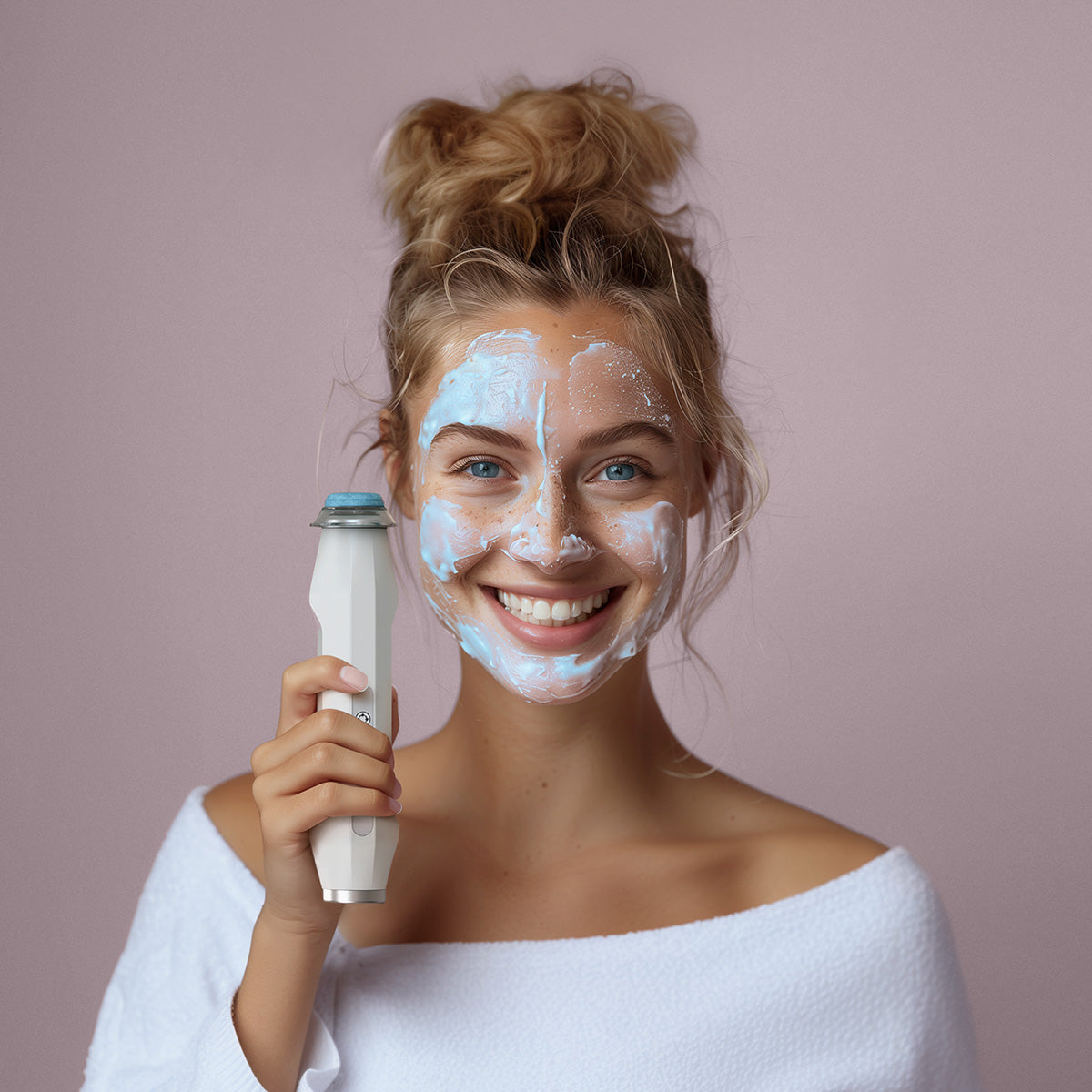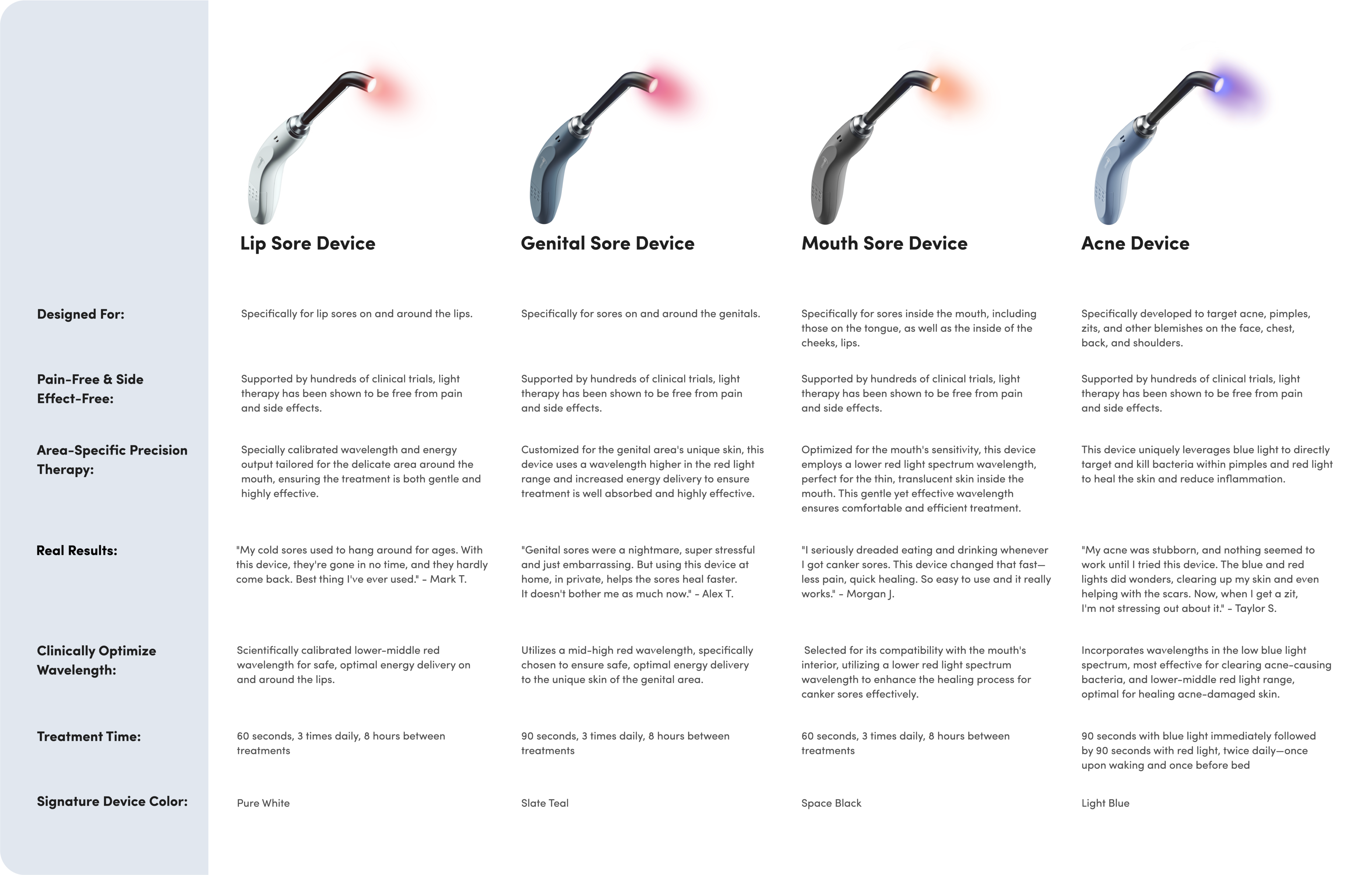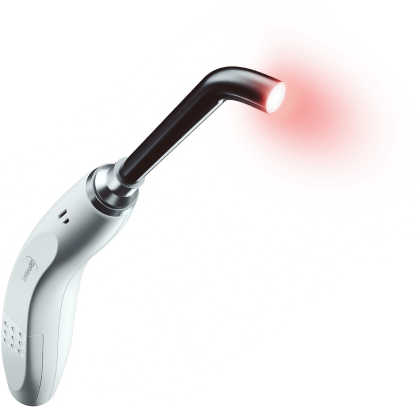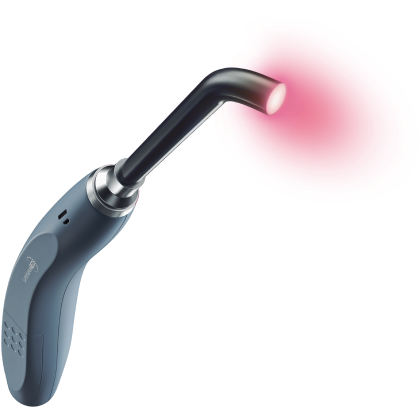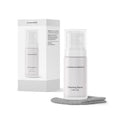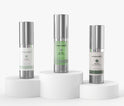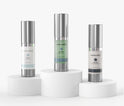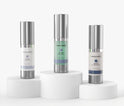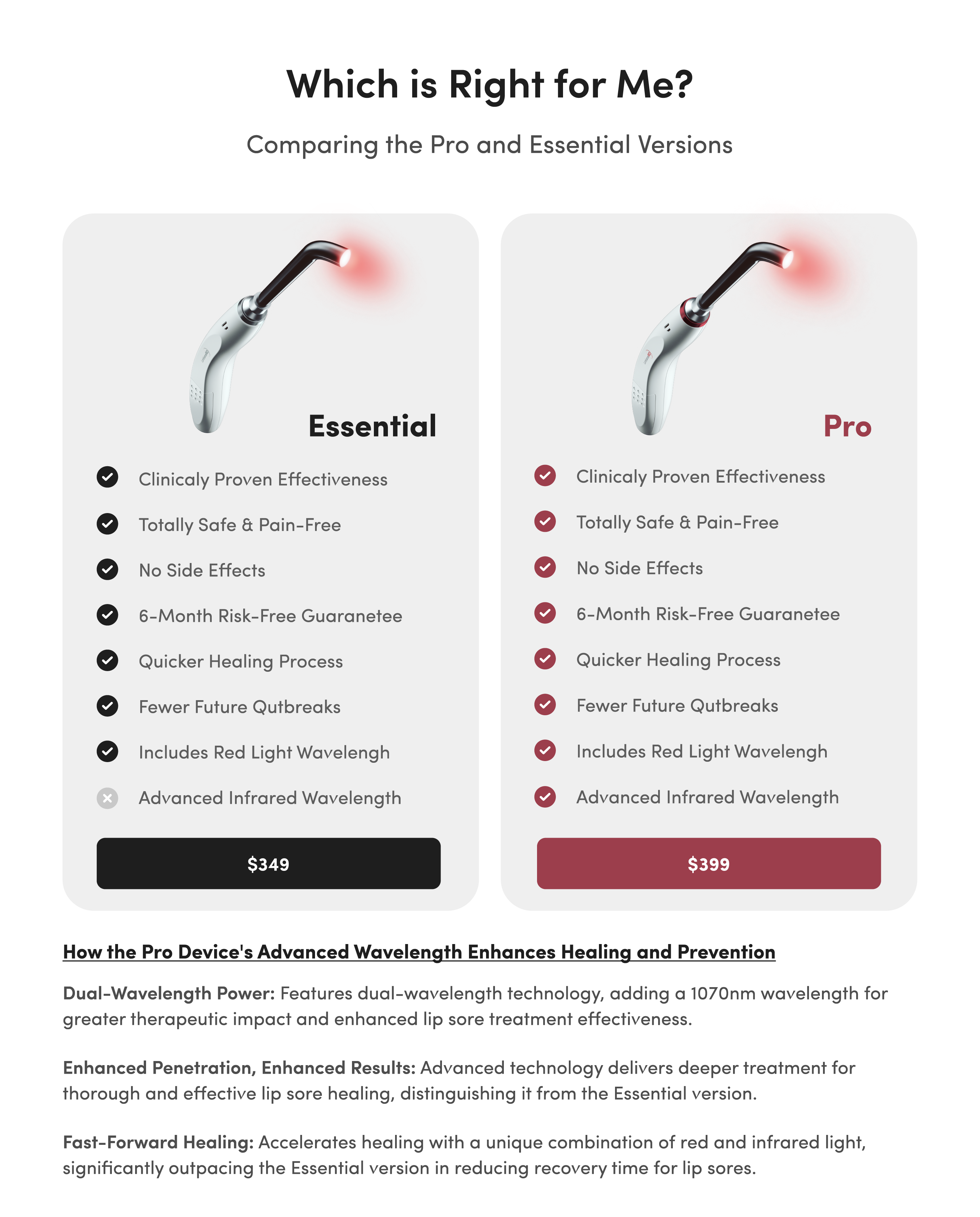How To Clean a Cold Sore To Help It Heal Faster

Cold sores are bad enough on their own, so you'll naturally want to keep them from becoming further infected. But what's the best way to clean a cold sore?
The answer to that depends on your cold sore's phase of healing. Below, we review those phases of healing, how to clean a cold sore based on its phase, and how to minimize its appearance after you've cleaned it.
What Is a Cold Sore?
A cold sore, sometimes called a fever blister, is a small, painful blister that develops on or around the lips. Cold sores sometimes appear in small clusters of two or more sores. Cold sores result from an infection with the herpes simplex virus type 1 (HSV-1), an extremely common viral infection.
There is no cure for HSV-1. Once you've been infected, the virus remains dormant in your nerve cells until a trigger "wakes it up" again to cause an outbreak of cold sores. After the outbreak, the virus returns to dormancy until the next trigger.
Keeping your cold sore clean is important because open skin is more vulnerable to further infection.

Before You Clean Your Cold Sore
Cold sores pass through five distinct phases. Knowing which phase your cold sore is in will help you determine the best way to clean it. The five phases include:
- Itching, tingling, or burning feeling indicating a cold sore is forming.
- Fluid-filled blisters developing on or around the lips.
- Blisters bursting or “weeping,” releasing fluids.
- Sores drying out and forming yellow or brown crust.
- Scabs healing and skin starting to look healthy again.
It's important to keep your cold sore dry during phases one through four. The cold sore virus loves a warm, moist environment, so adding moisture too early will make symptoms worse.
Once your cold sore reaches the fifth stage and develop scabs, you can begin applying moisture.
How To Clean a Cold Sore
Once you've identified your cold sore's healing stage, you can safely proceed to clean it.
How To Clean a Cold Sore During the First Four Phases
You can use a number of liquid cleansers that have a drying effect during your cold sore's first four stages. For each of these, apply by dipping a cotton ball or cotton swab into the mixture and dabbing onto your cold sores.
Witch Hazel
Witch hazel is derived from the leaves and bark of the Hamamelis virginiana tree. It's most often sold in a liquid called witch hazel water and is easy to find in most drugstores.
Witch hazel is an astringent and contains tannins that have powerful antioxidant properties that help to tighten and dry the skin. This could help to dry a cold sore during its early stages and perhaps promote healing. One study showed that witch hazel may even have an antiviral effect against HSV-1.
Rubbing Alcohol
Rubbing alcohol is an effective antiseptic that removes bacteria from surfaces. This versatile antiseptic agent is used in many different settings, from homes to medical facilities.
Rubbing alcohol has an immediate drying effect, and some people use it at a 70% concentration to dry out their cold sores. It may be a helpful tool against cold sores because the faster your cold sores dry out and develops scabs, the faster they will heal. However, it may sting!
Be sure to keep rubbing alcohol out of reach of children. This potent cleanser is dangerous to ingest.
Iodine Solution
An iodine solution such as Betadine might be useful not only in cleansing cold sores but also in reducing the spread of the cold sore virus. Betadine is available over the counter at most drugstores.
Hydrogen Peroxide
Hydrogen peroxide is a simple cleansing agent that can also have a drying effect. However, it's possible that hydrogen peroxide could also irritate your cold sore. If you decide to try this method, be sure to dilute a 3% hydrogen peroxide solution with equal parts water to apply to your blisters.
Hand Sanitizer
We do not recommend applying hand sanitizer directly to a cold sore, as it might irritate the cold sore and hinder healing. However, it is a good idea to use hand sanitizer and wash your hands frequently during a cold sore outbreak.
HSV-1 is an extremely contagious virus, so you should use hand sanitizer or wash your hands immediately any time you touch your cold sore to avoid spreading the virus to those around you or to other parts of your body.
How To Clean a Cold Sore During the Last Phase
After your cold sore blisters burst, dry out, and scab over, further infection is less likely. In the last stage, it's important to keep cold sore scabs intact to protect the healing skin beneath from infection. You can care for your cold sore scab by moistening it (though not too much!) and keeping it clean.
A Clean, Wet Towel
It may seem too simple, but holding a clean, cold, wet washcloth or paper towel against your cold sore for 5-10 minutes several times per day can provide a bit of moisture to the skin and cleanse away any extraneous food or makeup.
You can also wash the cold sore with cool water and a non-protein soap prior to holding the towel against it (or at any time) in order to remove any lingering bacteria
Petroleum Jelly
Petroleum jelly acts like lip balm to relieve that dry, stiff sensation. It can help to keep cold sore scabs from cracking. Since petroleum is gentle and safe, you can apply it as needed to remain comfortable. However, try not to overly saturate the scab so it doesn't fall off prematurely.
Lip Balm or Skin Moisturizer
Lip balm or a light moisturizer can also moisten your cold sore scabs, helping them not to crack. Again, be sure not to moisturize too heavily. If the scabs fall off, bacteria will have access to the healing skin underneath.
How To Deal With Cold Sore Swelling
After learning how to clean your cold sore, you may want to learn how to reduce your cold sore swelling as well.
Some inflammation around cold sores is normal due to the viral infection and healing process your body is experiencing, but there are a number of ways to reduce it.
You can fight cold sore swelling by eating anti-inflammatory foods high in antioxidants or lysine, including:
- Turmeric.
- Coconut oil.
- Berries.
- Fatty fish.
- Yogurt.
- Cheese.
- Fruit.
- Legumes.
A cold compress can also decrease inflammation. Cold compresses may even help reduce the severity of cold sore outbreaks when used promptly.
Many over-the-counter options are available for cold sore swelling relief as well. Abreva, Orajel, and ibuprofen can all help relieve the swelling and pain caused by cold sores.
Red light therapy is another great option for swollen cold sores and has been clinically proven to shorten healing time, reduce pain, and decrease the frequency of cold sore outbreaks. This type of light therapy is used in the Luminance RED Lip Sore Treatment Device.
How To Cover Up a Cold Sore
It can be tempting to cover up your cold sore from the moment you notice it, but that's usually not the best choice. Remember that in their early stages, cold sores are more vulnerable to further infection. Applying makeup to a cold sore in its early stages may slow the healing process, so try to wait until your cold sore has scabbed over before applying makeup.
After your sore scabs over, you can use pigmented liquid lipstick or a full-coverage foundation and concealer to carefully cover it with disposable brushes or applicators. There are even a few products specifically for men that can camouflage cold sores. Cold sore patches are also available if you would rather avoid makeup altogether.



